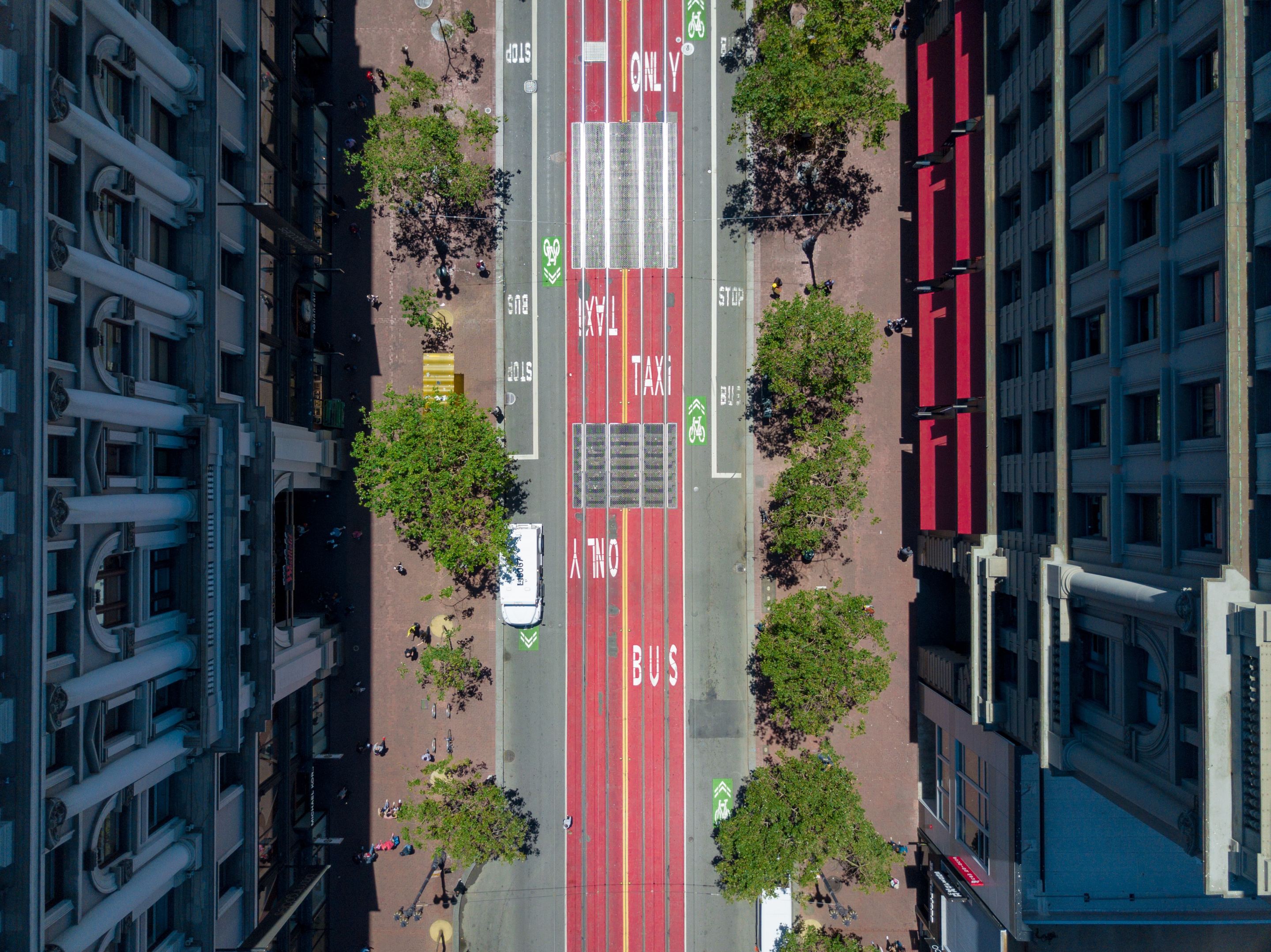Atlanta is not known for its mass transit system. With more than 75 percent of the city’s six million residents driving to and from work, it should come as no surprise that Atlanta is tied for second worst place in the nation when it comes to using public transit for commuting.
But, to its credit, the city is trying to build a better shared transportation network. In mid-February, the Metropolitan Atlanta Rapid Transit Authority (MARTA) opted to scrap light rail plans for its Clifton Corridor line in favor of Bus Rapid Transit (BRT).
And Atlanta isn't the only city venturing into BRT. Pittsburgh Regional Transit is also planning a BRT project, set to start construction this fall. The new line has plans to include 23 new stations, bike lanes, intersection improvements, and accessible ramps. Earlier this year, New Orleans City Council gave the green light for a new BRT line – the first of its kind in the metro area.
Meanwhile, Spokane, Washington launched its first zero-emissions bus rapid transit project mid-July. The CityLine, a streetcar-like bus route, will run through some of Spokane’s business and education centers. Typically unheard of with major public transportation projects such as this one, the CityLine came in 10 to 14 million dollars under budget. This project was so successful, funds have already been secured to launch a second rapid bus transit project, which will run north to south.
And in the Northeast, Maryland’s new governor has vowed to revive Baltimore City’s Red Line project, which was cancelled eight years ago. The original project proposed was for a light rail system. The governor is suggesting this project will likely switch to bus rapid transit.
Transit Supportive Densities
For subways, a minimum population density of 47 people per acre is required, while for light rail a minimum population density of 28-60 people per acre is required. [Editor's note: other transportation professionals may suggest different ratios.] To put it in perspective, Baltimore City has approximately 650,000 people on 58,800 acres, or less than 12 people per acre — far below the minimum population density requirements for either option. While it may not seem that way, the reality is that Baltimore City is simply not dense from a residential or commercial perspective, at least outside of a few pockets.
Additionally, it is important to take a look at how transit usage and working from home has changed mass transit usage over the past few years. The demand to work remotely at least one or two days a week immediately cuts ridership. Transit ridership across the United states has seen a threefold decrease since the pandemic. Unless officials can quickly figure out how to make their dollars stretch, transit systems will be forced to cut services further. Such a scenario would negatively affect current riders, but it would also devastate cities whose post-pandemic priorities — such as revitalizing downtowns, reducing greenhouse gas emissions, and boosting equity — rely on the availability of public transport.
On top of a smaller ridership, light rail is notoriously expensive – to the tune of approximately $150 to $350 million per mile. As an example, the Purple Line light rail system in Prince Georges and Montgomery Counties, Maryland will cost at least $345 million per mile. For a little over 16 miles, it will cost a total of $5.6 billion! This project has seen significant delays and is over budget. In addition, light rail costs 1.5 to 4.5 times more to operate.
Given all of the circumstances, cities across the country making the switch to focus on BRT, which aims to combine the capacity and speed of a light rail or metro system with the flexibility, cost and simplicity of bus system. Comparatively, BRT is typically $20 to $50 million per mile – much less expensive than light rail.
Using the 80/20 Rule, BRT often can cost 20 percent of a light rail system but can capture 80 to 85 percent of light rail riders. This doesn’t mean anyone is trading quality for cost. A BRT solution has all the amenities of modern rail, such as Wi-Fi, level boarding, and off-vehicle payment systems. BRT is flexible: it can ride on dedicated lanes, but has the ability to leave those lanes and take another route if necessary. Rail, by contrast, cannot switch routes once constructed.
BRT systems can be built in the median area of roadways. A great, class-A BRT system can be built in an area that comprises 27 feet in width without a station and another 13 feet with a station. Larger buses in dedicated lanes move faster along the route due to traffic signal priority systems, allowing for more people to move from origin to destination.
The reality is that all transportation officials should be looking into BRT Systems instead of light rail. So many things can be achieved with a great BRT system when properly designed. In addition, BRT allows for more transit riders and a more green, sustainable community. Not only can help riders save precious time and money, but it can also connect more people to jobs and educational opportunities.
Opinion submissions do not necessarily reflect the views of the Streetsblog staff.





